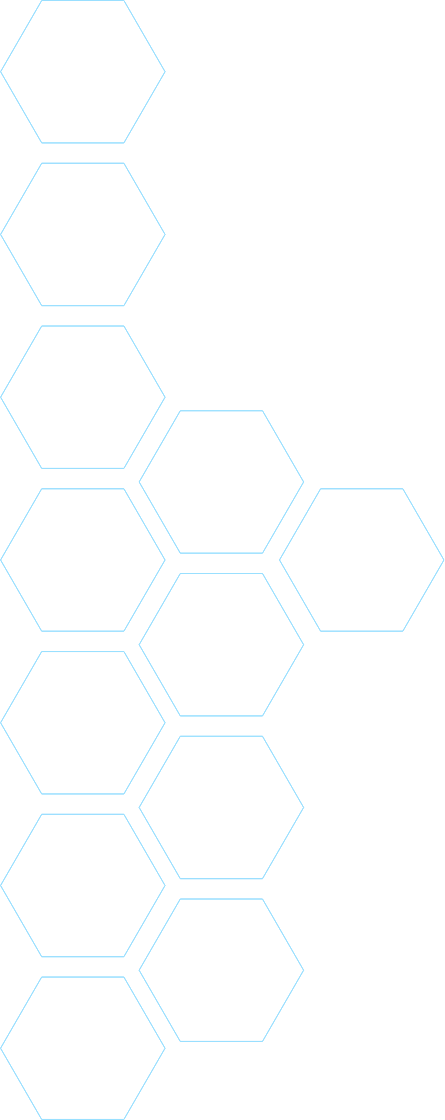June 13, 2023
This spring, C3.ai DTI COVID-19 Principal Investigator David Gifford, professor of electrical engineering and computer science and of biological engineering at the Massachusetts Institute of Technology, published the results of his DTI-funded work on a groundbreaking new vaccine. His approach targets a different component of the immune system from current vaccines and is designed to be effective not only against today’s versions of the virus, but also future variants.
DTI sat down with Gifford to learn more about these innovations, the role of AI in his work, and what the next steps are for his research.
DTI: How did you approach your novel vaccine design?
We targeted a different aspect of the human immune system. Of the two primary components in the immune system, one produces antibodies against foreign invaders – this is how current COVID-19 vaccines work. They target the structure of the invader – specifically, the familiar COVID-19 spike protein. But as we’ve seen, spike proteins can drift and change, rendering antibody formulas less effective.
The second immune system component is a cellular response, T-cells attacking infected cells. When a virus infects a cell, the cellular component of the immune system recognizes the foreign matter and kills the infected cells. We wanted to explore how effective the cellular immune system could be by itself, without engaging an antibody response.
It was also an attempt to circumvent the drift of the virus, because we could target the pieces of the virus that remain in variants across all the different versions of COVID – or SARS-CoV-2, as it’s known.
DTI: Could you tell us about vaccine testing and results?
To test the efficacy of the vaccine, we used a humanized mouse. We chose the Beta virus strain because it’s very pathogenic and its host range includes mice. The paper details the results, which are, that if you vaccinate mice with our vaccine, it reduces the onset of morbidity and eliminates mortality according to the criteria we established. Whereas the unvaccinated mice, 80 percent of them died according to these same criteria. In comparison to a control – we used Pfizer’s BioNTech vaccine as a control – they had a slight reduction in body weight, but our vaccine did a better job of protecting the mice from viral infection.
DTI: What would be the impact for the human population?
First of course, our vaccine is pan-variant, at least to date it has not been disabled by any mutations in the components we used in the vaccine in the paper. Second, immunocompromised people have a hard time producing antibodies. In addition, long COVID is thought to be a residual infection in parts of the body, sort of a reservoir of virus. To clear out that virus, if it’s actually in cells, antibodies can’t do that. Antibodies can’t look inside of cells to eradicate a viral infection, whereas T-cells can. It’s conceivable that the kind of T-cell response that we cause with the vaccine can be used for long COVID.
Another natural thing to think about is combining the kind of vaccine we have produced with a spike-based vaccine primarily designed to produce an antibody response – to get both going. In fact, there are several companies that are looking at doing just that.
DTI: How did you use machine learning in your vaccine research?
We’ve been doing machine learning for immunology for some time now. Even before the pandemic, we were looking at better ways to predict what epitopes were going to be immunogenic. As a consequence, it was a natural transition to use our expertise in that area. We hadn’t done vaccine design before the pandemic, but we transitioned into it.
DTI: What are your next steps?
We’re tracking what’s going on with the clinical trials. Our vaccine results show that the animals do lose some body weight as a consequence of getting infected. We’re working with other researchers to figure out whether or not there are ways to eliminate that weight loss and to produce more effective T-cell vaccines.
But really, another aspect of the work is that we’re looking at other applications of our technology. We’ll see whether or not there might be opportunities in other infectious diseases. For example, one of the things that we’re collaborating on is a new vaccine for tuberculosis, with the Ragon Institute of Mass General, MIT, and Harvard. We continue to look at other opportunities.


